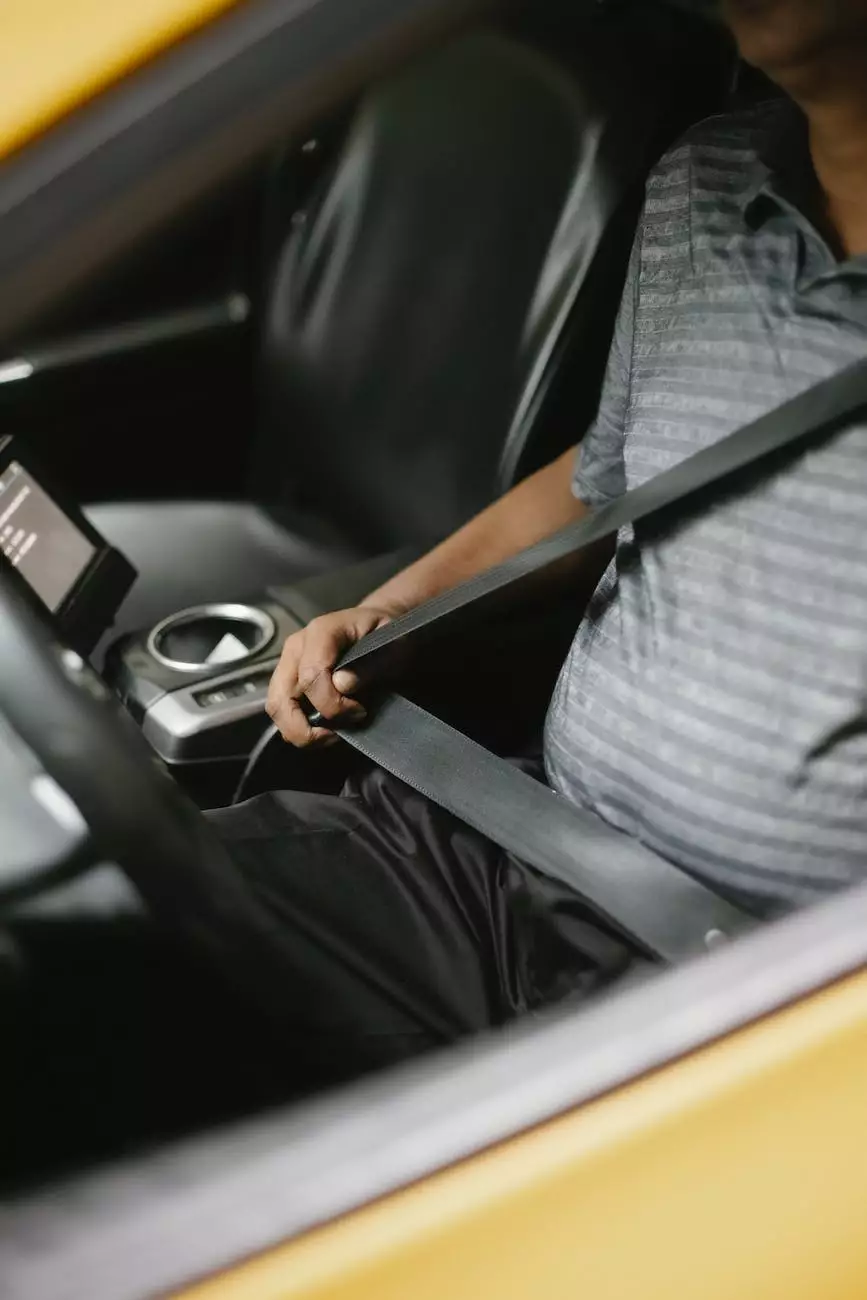How To Pull Out From A Roadside Stop
Driving School
Welcome to Darkness Automotive, your trusted source for all things automotive. In this guide, we will walk you through the step-by-step process of safely pulling out from a roadside stop. Whether you're a new driver or looking to refresh your skills, our comprehensive instructions will ensure a smooth and confident driving experience.
Importance of Proper Technique
Knowing how to pull out from a roadside stop correctly is crucial for several reasons. First and foremost, it ensures your safety and the safety of other road users. Secondly, executing the maneuver efficiently minimizes traffic disruption, reducing the chances of accidents and congestion. Lastly, mastering this skill contributes to your overall driving confidence, making every journey a hassle-free one.
Step 1: Check Your Surroundings
Before attempting to pull out from a roadside stop, it is essential to observe your surroundings and assess the traffic conditions. Look for any approaching vehicles from both directions and gauge their speed and distance to determine a suitable gap for merging. Check your mirrors and blind spots to ensure there are no hidden obstacles or oncoming traffic.
Step 2: Signal Your Intentions
Once you have identified a safe gap to merge into, indicate your intentions by using your vehicle's turn signal. Signaling well in advance gives other drivers ample time to recognize your intentions and adjust their speed or position accordingly. Always remember that clear and timely communication is key on the road.
Step 3: Gradually Accelerate
As you prepare to pull out from a roadside stop, release the brake and gradually apply pressure to the accelerator pedal. Smooth acceleration is key to maintaining vehicle control and avoiding wheel spin or loss of traction. Pay attention to the traffic flow and adjust your speed accordingly to merge seamlessly into the traffic stream.
Step 4: Yield to Oncoming Traffic
While merging into the flow of traffic, be mindful of any vehicles coming from the opposite direction. Yield to oncoming traffic when necessary and only proceed when it is safe to do so. Exercise caution if the oncoming vehicle's speed seems excessive, as it may require you to wait for a larger gap in traffic.
Step 5: Maintain a Consistent Speed
Once you have successfully merged into the traffic stream, maintain a consistent speed that aligns with the flow of traffic. Avoid sudden lane changes or erratic behavior that may disrupt the traffic pattern. Keeping a steady pace ensures the safety of yourself and those around you.
Step 6: Be Aware of Blind Spots
Throughout the merging process and as you drive along, stay vigilant of your vehicle's blind spots. Regularly check your mirrors and perform shoulder checks to ensure there are no vehicles lingering in your blind spots. Being aware of your surroundings reduces the risk of collisions and allows for smoother lane changes, if necessary.
Step 7: Practice Defensive Driving
Regardless of your driving experience, always practice defensive driving techniques. Remain focused on the road, anticipate potential hazards, and be prepared to react accordingly. Keep a safe following distance between your vehicle and the one in front of you, allowing ample time to adjust your speed or change lanes if necessary.
Conclusion
Congratulations! You have now mastered the art of pulling out from a roadside stop safely. By following these expert tips from Darkness Automotive, you can confidently maneuver your vehicle onto the road, ensuring your own safety and that of others sharing the road with you. Remember, proper technique, attentiveness, and defensive driving are key elements in becoming a skilled and responsible driver.
For more automotive-related guides and information, visit Darkness Automotive, your trusted partner in the Vehicles - Automotive Industry.










